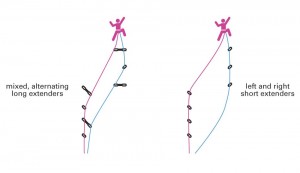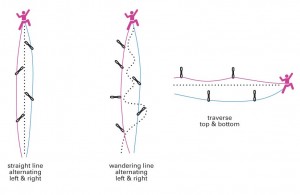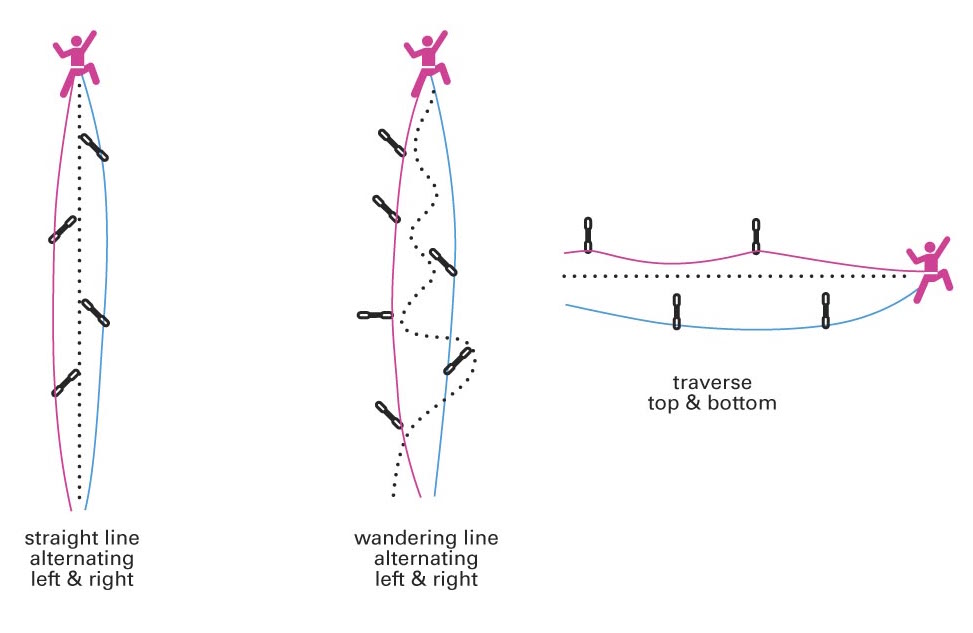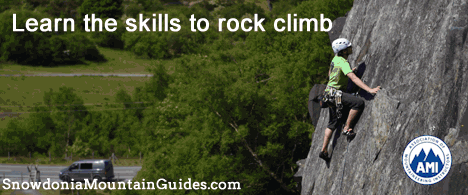Many climbers choose to use double or half ropes when trad or multi pitched sport climbing. However the whole single versus double ropes is not necessarily that simple.
Single Versus Double Ropes for climbing
Single Ropes
- Approximate diameter 9mm to 11mm
- Easier to belay on one rope
- Easier to hold a fall so good for beginners
- More likely to get rope drag
- Can only retreat half the rope length at a time
- Can be used on its own
- easy to use on straight up climbs
- Harder to managed on wandering lines and traveses
- High impact force cause by lack of stretch
- can leave second with nasty pendulums
Double Ropes
- Approximate diameter 7mm to 9mm
- harder to belay two rope simultaneously
- Harder to hold falls on skinny ropes
- less likely to get rope drag
- can retreat the whole length of the rope as you have two of them.
- Have to be used in pairs
- not good for indoor or single pitch sport climbing
- Easy to use on a straight up route
- Easier to managed complex wandering routes
- lower impact force cause by stretchier thinner ropes
- can help protect second whilst traversing
Belaying with double rope
Belaying with double rope takes a lot more skill, as effectively you can be taking in on one rope and paying out on the other and vice versa. As such getting sed to belaying on double ropes will take time and most importantly practice.

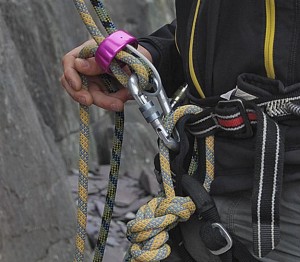
Belaying with a double rope exercise
At the base of the crag or at home have a practice using double ropes by attaching the belay device to both ropes and having a friend randomly ask for slack or to take on both ropes, as well as individual ropes.
once you have the basic then start making it more complex, so to test you ability. The key is throughout the whole exercise to never let go of the dead rope. Can you pay out with one rope and then take in with the other only to reverse the whole thing in a moment?
Once you have master this try using double ropes for real, but on a climb that is really easy for everyone, bit leader and second who is belaying. As this is about both leader and belayer coming to terms with the extra rope.

When you are leading with double ropes there instantly become many different ways you can use them. As do you keep one for the left and the other for the right or do you mix it up? Often it is hard to tell what is best unless you look at the route and make a plan to manage the ropes before you leave the ground. You can also ask the belayer for advice as they can sometimes see the bigger picture.
